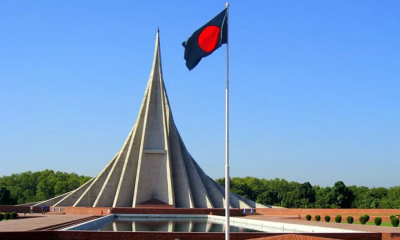Forty-one workers trapped in Uttarakhand`s Silkyari tunnel are now moments away from escaping their earthen prison of 17 days, according to a tweet by Chief Minister Pushkar Singh Dhami.
Rescue teams racing to save the 41 men have cleared the final few metres of debris - thanks to the banned manual "rat-hole"-mining technique being employed after high-tech machines, or augers, failed to drill through nearly 60 metres of rock - and lay pipes to create an escape route, he said.
"As a result of immense grace of Baba Baukh Nagji (and) prayers of crores of countrymen and the tireless work of all rescue teams... the work of laying pipes in the tunnel to take out the workers has been completed. Soon all the labourer brothers will be taken out," he tweeted Tuesday afternoon.
Officials have told National Disaster Response Force (NDRF) and emergency medical personnel with stretchers are now on standby to enter the tunnel and work their way into the collapsed cavern.
They will assess the condition of the trapped men and begin the process of bringing them out; a temporary medical centre has been set up at the mouth of the tunnel, where they will be examined and given first aid, if needed, before they are prepped for transport in the ambulances.
Visuals from the rescue site - a storm of activity over the past two weeks as battalions of tunnelling experts, disaster response teams and medical personnel work to save the 41 trapped men - showed ambulances - one for each trapped man - being taken, one-by-one, into and out of the tunnel.
These were understood be practice drills for when the workers are finally brought above ground.
When the men are rescued, a green corridor has been established to ensure each ambulance is transported to a makeshift hospital in Chinyalisaur, which is located 30 km from the tunnel site.
The medical facility has 41 oxygen-equipped beds and the necessary equipment and medicines to provide each worker with the required medical care, NDTV has been told.
Earlier today relatives were asked to "be prepared"; "Keep their clothes and bags ready," officials told them, explaining that one family member would be allowed to ride in each ambulance.
The final stretch of the rescue process has been completed not by the expensive drillers, or augers, like the 25-ton machine that broke down Monday, but by a manual system called "rat-hole" mining, which was banned in 2014 for being unscientific and causing increased environmental pollution.
Efforts till now have included smaller pipes being pushed through nearly 60 metres of debris to provide food, drinking water and medicines. The food supplied so far - in consultation with doctors and dieticians - has included khichdi and fruits, as well as pulao and mater paneer.
The smaller pipes have also been used to maintain communication with the workers; this includes the use of landlines that are used twice daily to allow the men to speak to anxious family members.
The rescue process has been monitored by Prime Minister Narendra Modi; his Principal Secretary PK Mishra is at the op site and was accompanied by Uttarakhand Chief Secretary Sukhbir Singh Sandhu.
Located 30 km from Uttarkashi and 139 km drive from state capital Dehradun, the Silkyara tunnel is an integral part of the centre`s ambitious (and controversial) Char Dham all-weather road project.


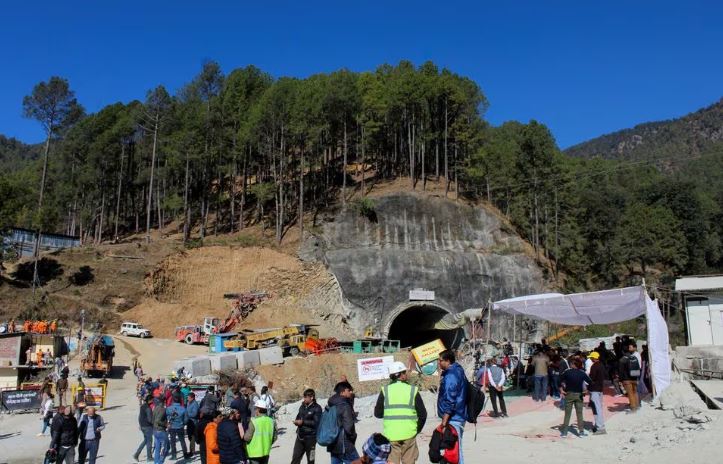

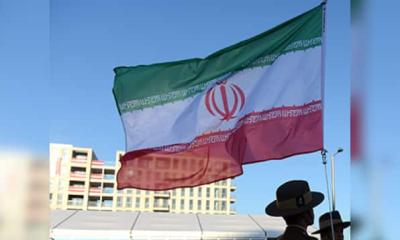
-20251220073333.jpeg)


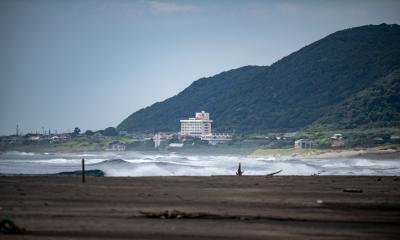

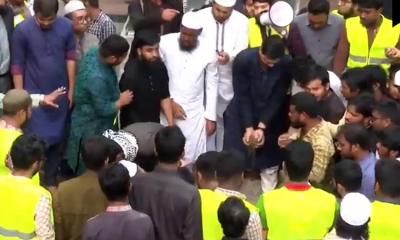
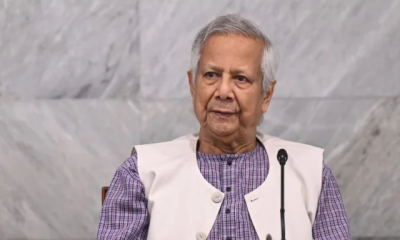
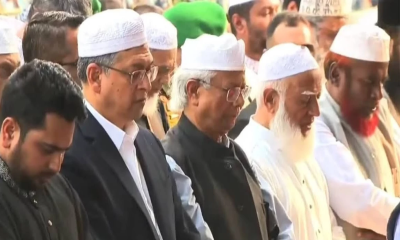
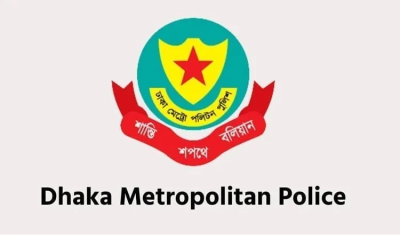

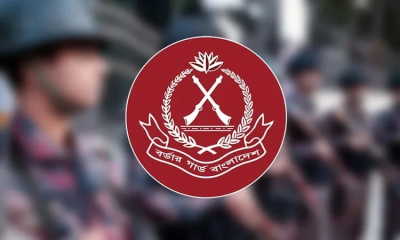

-20251219122251.jpeg)

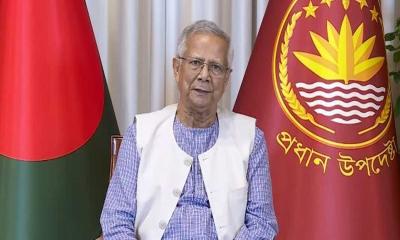
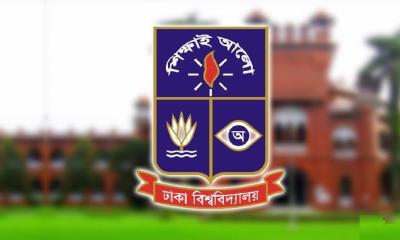
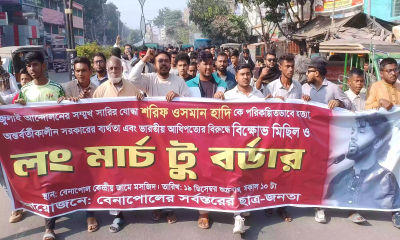
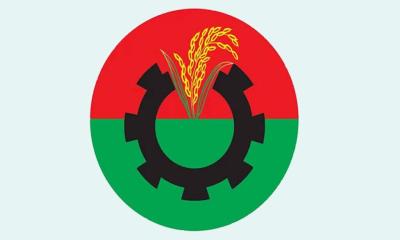

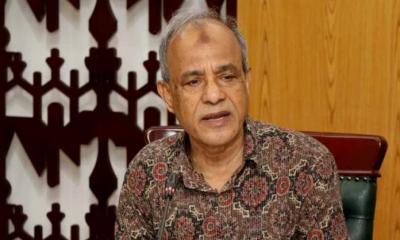

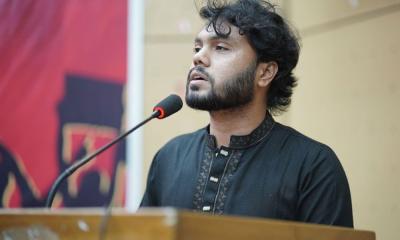



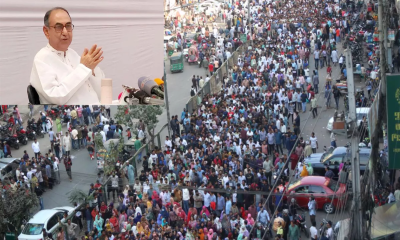
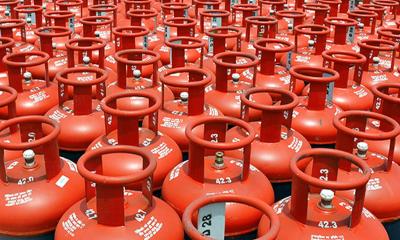
-20251218165258.jpeg)
-20251216090625.jpeg)

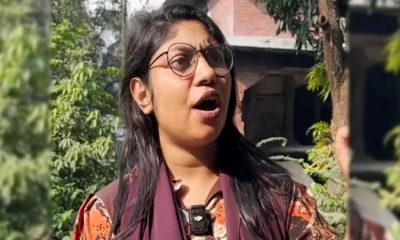
-20251216054240.jpeg)
